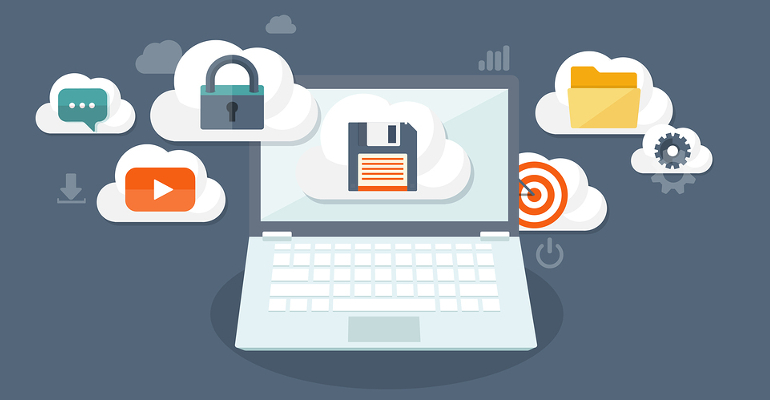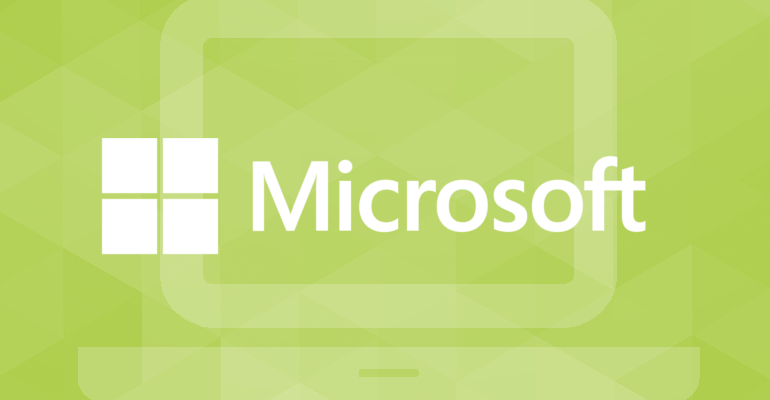Is your business immune to tornadoes, snowstorms, and floods? Maybe. What about someone bumping into a piece of hardware or spilling their coffee right onto the company’s main server? Probably less so—it’s likely you will have serious downtime; lost revenue, customers, and the trust of your community. What you need is a simple plan that your I.T. department can execute quickly in order to recover your systems to an acceptable state following a disaster.
In A Nutshell
A disaster recovery plan is the method by which your technology team rebuilds the supporting technologies that keep your business running. For example, your accounting systems, manufacturing capabilities, or even your building security’s. These are vital parts of smooth operation and are often overlooked because they’re always there, working away silently in the background. Like getting an illness, we take for granted when things are running as they should be.
It’s More Than Just Data Backup
Is your office data all backed up and secure? Hopefully—but that’s not enough. Data backup is one small part of a disaster recovery plan, and on it’s own, it will not save your business. What happens if your products or services become unavailable and you don’t have a playbook to bring them back up pronto? It’s more than this though, your business is supported by multiple layers of technology: your network, databases, desktops, and servers. If one goes down, a chain reaction can happen and grind your business to a halt.
Timing Is Everything
Part of a disaster recovery plan will be planning around an expected time frame for getting everything back up and running. When parts of your business go offline, you will be losing money by the minute. So, you manage the incident, you run disaster recovery and then you have business continuity. A good plan will save you money in the long run, by magnitudes of what the upfront costs are.
Your customers have certain expectations for downtime and if you exceed these limits then you’re in trouble. The faster you are able to recover, the higher your overall retention of customers will be—think about the last time Google went down, or any of your favorite services. Tech giants understand that reliability is one of the key things for maintaining their brand.
It’s Personal
There’s no cookie cutter disaster plan that you can download off the internet. Every business is different, and will need a detailed guide to getting things running again. There’s so much information, and so much to do. A disaster recovery plan needs to be structured in an easy to understand way.
Ask your IT vendor or Managed Service Provider if your business needs disaster recovery and if they can perform a Risk Assessment. What’s the harm in finding out what could go wrong? We’re constantly planning around disasters at home, and in our personal lives—businesses should not be exempt from this. Be safe and sensible, and consider your company’s continuity.




